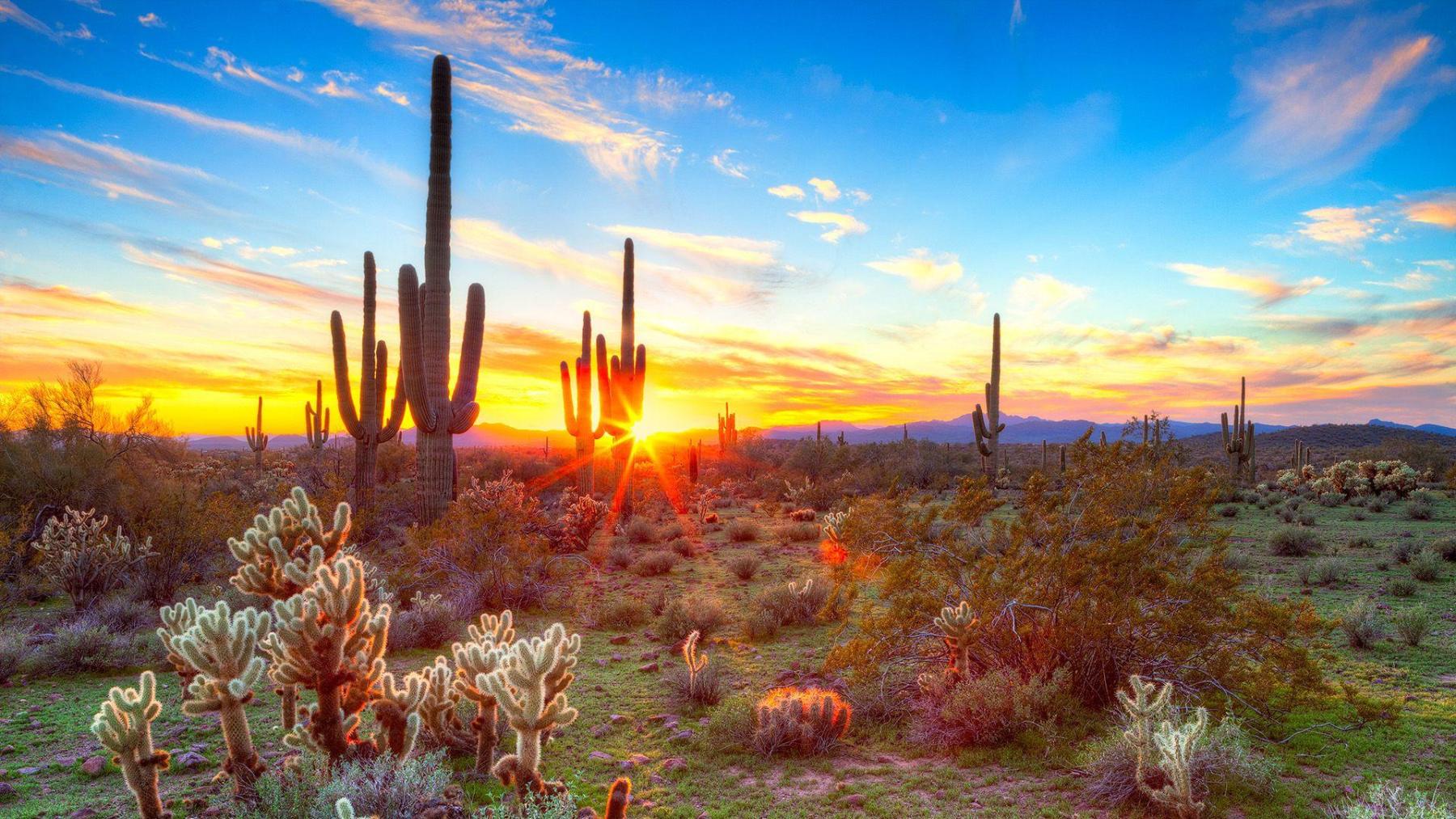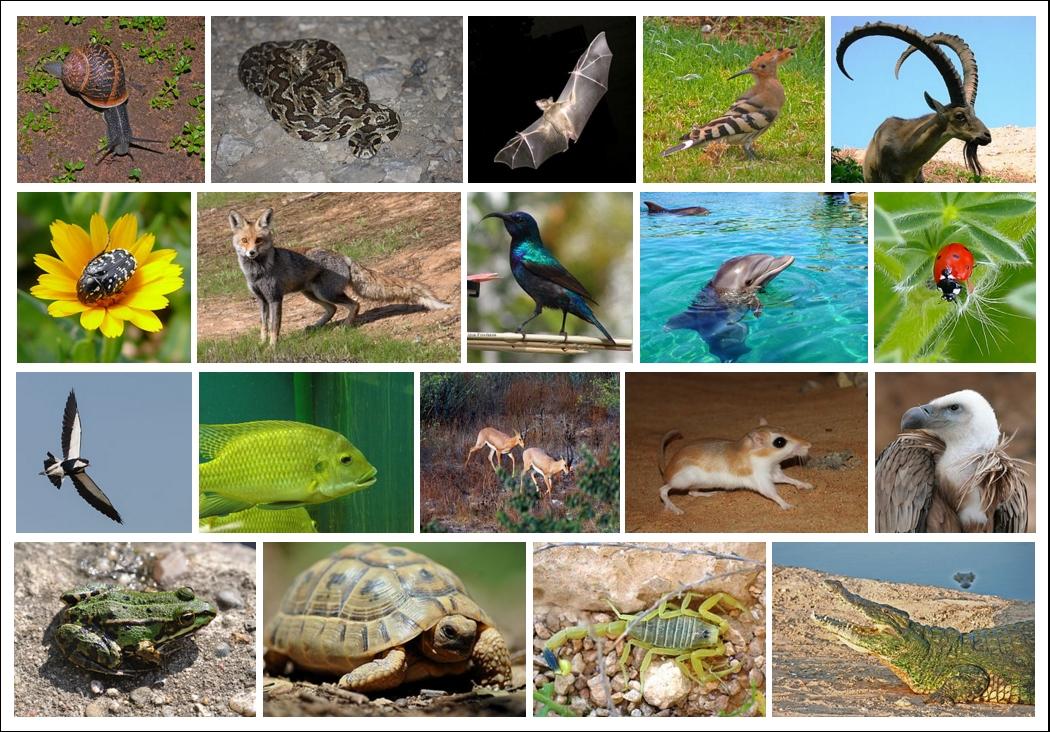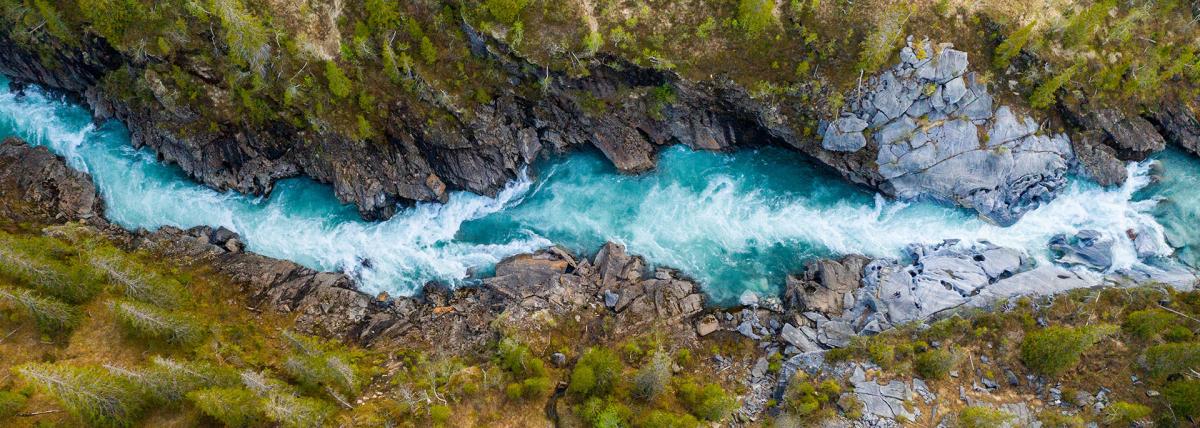
Biomimicry and Conserving Desert Resources Part 2
by Scott Milne
This lesson is the second lesson of a two-part series where students investigate concepts of biomimicry and apply them to the real world with issues like resource scarcity. In this lesson, students expand on Part 1, where they discussed examples of biomimicry and "redesigned" a desert species. Here students will develop an invention with their peers that addresses a resource need. Students will brainstorm ideas for ways that they could address issues with heat, water and other conditions in the desert by using strategies of desert organisms. They will then design a product and present their design to the class.
Lesson Plan Link/URL
https://docs.google.com/presentation/d/1sjJAJTMTXsWv9KluwfiXZts4utvWLcB4/edit?u…Related Content

Grades:
9th Grade, 10th Grade
This lesson plan focuses around 4 key topics, with activities for each. The plan covers renewable energy, solar energy, why solar energy is important, and what the children can do to conserve energy

Grades:
6th Grade
To demonstrate their understanding of how energy is passed throughout an ecosystem and the symbiotic relationships of organisms within an ecosystem, students construct a food web marble run. This

Grades:
5th Grade
In this engaging lesson, students work together to design a water filtration system to separate pollutants from water. This lesson takes about 120 minutes to complete. Various resources are included!